Get ready to groove with the ultimate guide to funk music dance styles! From its humble beginnings in the 1960s to its current-day revival, funk music has been the soundtrack to countless dance floors around the world. But what exactly defines funk dance, and how does it differ from other styles? In this comprehensive article, we’ll delve into the fascinating world of funk music dance styles, exploring its origins, evolution, and most importantly, the iconic moves that make it so irresistible.
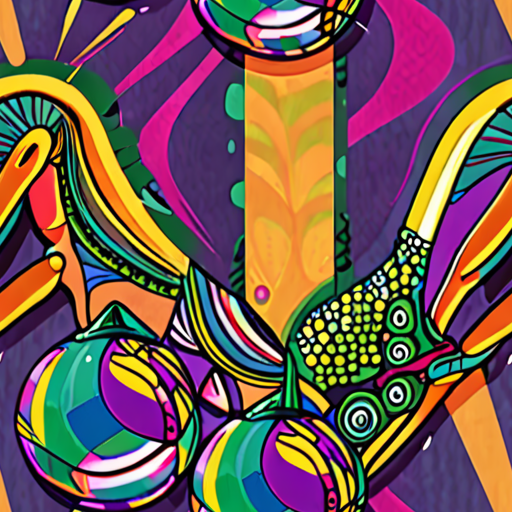
Funk Dance Styles
I’m excited to share my knowledge of funk dance styles with you.
-
Popping
Popping is a style of funk dance characterized by quick contractions and releases of the muscles, creating a “bouncing” or “popping” effect. It involves isolating different parts of the body, such as the arms, legs, and torso, and moving them independently of each other.
-
Locking
Locking is a style of funk dance that originated in the 1960s and 1970s. It involves freezing in place for a moment before breaking into a series of rapid-fire movements, often accompanied by a loud “lock” sound effect. Locking dancers typically wear flashy clothing and accessories to showcase their skills.
-
Waving
Waving is a style of funk dance that involves moving the arms and hands in a flowing, wave-like motion. It can be done in isolation or in combination with other dance styles, such as popping or locking.
-
Gliding
Gliding is a style of funk dance that involves moving smoothly and effortlessly across the floor. It requires a great deal of control and balance, as well as a strong sense of rhythm and timing.
These styles have been popularized by various artists and groups over the years, including the legendary dance crew, the Electric Boogaloos. Their unique blend of popping, locking, and gliding has inspired countless others to take up the art of funk dancing.
As a fan of funk music and dance, I highly recommend checking out some of the classic videos and performances featuring these styles. Not only will you get a glimpse into the rich history and culture of funk, but you’ll also be able to appreciate the incredible talent and creativity of the dancers who helped shape this genre.
Whether you’re a seasoned dancer or just starting out, there’s something for everyone in the world of funk dance. So why not give it a try and see what kind of moves you can come up with?
Funk Music Genres
We’re passionate about celebrating the rich history and cultural significance of funk, soul, and jazz fusion music.
-
P-Funk
P-funk is a subgenre of funk characterized by its heavy use of synthesizers and electronic drum machines. Artists like Parliament and Funkadelic pioneered this style, which often features complex rhythms and harmonies.
-
Soul Funk
Soul funk is a genre that combines elements of soul and funk music. It typically features catchy melodies, driving rhythms, and heartfelt lyrics. Artists like James Brown and Sly and the Family Stone are known for their soulful funk sound.
-
Jazz Fusion
Jazz fusion is a genre that blends elements of jazz and funk music. It often features complex instrumental arrangements and improvisational solos. Artists like Miles Davis and Herbie Hancock are known for their innovative approach to jazz fusion.
-
Disco Funk
Disco funk is a genre that emerged in the late 1970s. It combines elements of disco and funk music, featuring catchy melodies, driving rhythms, and flashy dance moves. Artists like Chic and KC and the Sunshine Band are known for their disco funk sound.
-
Boogie Funk
Boogie funk is a genre that originated in the 1970s. It combines elements of funk and boogie music, featuring catchy melodies, driving rhythms, and energetic live performances. Artists like Earth, Wind & Fire and The Commodores are known for their boogie funk sound.
-
Acid Jazz
Acid jazz is a genre that emerged in the 1980s. It combines elements of jazz, funk, and hip-hop music, featuring complex instrumental arrangements and turntable scratching. Artists like Brand New Heavies and Jamiroquai are known for their acid jazz sound.
-
Electronic Funk
Electronic funk is a genre that combines elements of funk and electronic music. It often features synthesized sounds, drum machines, and catchy melodies. Artists like Daft Punk and Justice are known for their electronic funk sound.
At Tiger Funk , we’re dedicated to exploring the diverse world of funk music and its many subgenres. Whether you’re a seasoned fan or just discovering the genre, we invite you to join us on this journey through the rich history and cultural significance of funk, soul, and jazz fusion music.
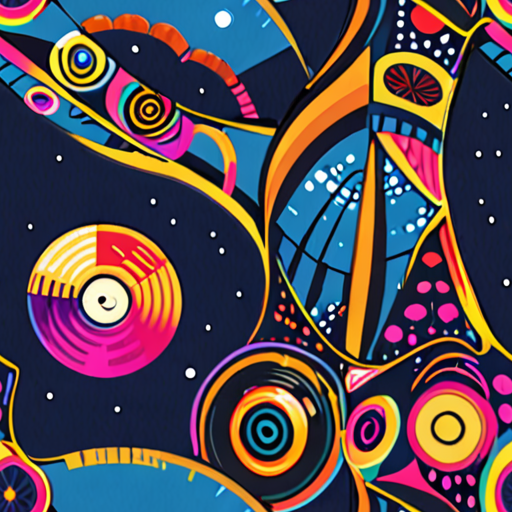
Dance Genres
We categorize different types of dance into several large groups, which include:
- Ballet
- Modern and Contemporary Dance
- Hip-Hop or Street Dance
- Latin, Ballroom, and Social Dance
- Folk Dance
Sometimes a single style of dance is fused with another style, resulting in unique and captivating performances.
Main Dance Genres
The five main dance genres can be further broken down into the following categories:
- Ballet
- Modern and Contemporary Dance
- Hip-Hop or Street Dance
- Latin, Ballroom, and Social Dance
- Folk Dance
Ballet is a classical dance form characterized by its technical precision, elegance, and beauty. It originated in Italy in the 15th century and has since become a popular form of dance around the world.
Modern and contemporary dance emerged in the early 20th century as a reaction against traditional ballet techniques. It emphasizes expression, emotion, and individuality, often incorporating elements of modern and postmodern dance.
Hip-hop dance originated in the 1970s in urban communities, particularly in New York City. It involves intricate footwork, rhythmic movements, and energetic expressions, often performed to hip-hop music.
Latin, ballroom, and social dance encompass a range of styles, including salsa, tango, waltz, and swing. These dances emphasize partner work, rhythm, and musicality, often performed to Latin American and European music.
Folk dance refers to traditional dances from various cultures and countries, often passed down through generations. These dances typically involve simple steps, lively rhythms, and community participation.
Other Notable Dance Styles
In addition to the main dance genres, there are many other notable dance styles worth mentioning:
- Jazz Dance
- Tap Dance
- Irish Dance
- Flamenco
- Kathak
These dance styles have gained popularity worldwide, often blending traditional techniques with modern influences.
Conclusion
Dance is a diverse and expressive art form, encompassing numerous styles and genres. By understanding the main dance genres and other notable styles, dancers and enthusiasts can appreciate the richness and complexity of dance culture.
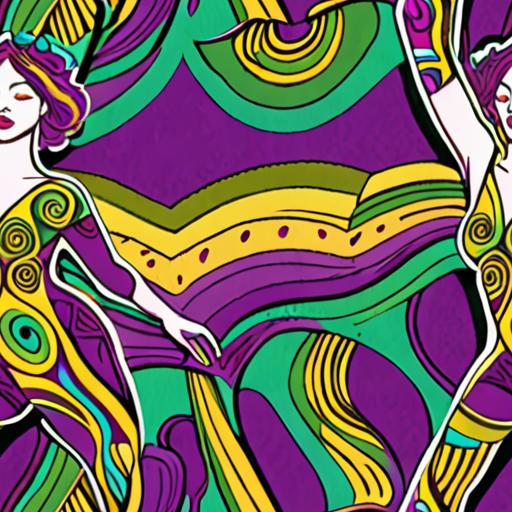
Techniques of Funk Music
Funk music is characterized by its strong emphasis on rhythm, groove, and improvisation.
-
Rhythmic Patterns
Funk music often features complex rhythmic patterns, including syncopated rhythms and polyrhythms.
- Syncopation involves accenting off-beat rhythms, creating a sense of tension and release.
- Polyrhythms involve playing multiple rhythms simultaneously, adding complexity and interest to the music.
-
Improvisation
Improvisation is a key element of funk music, allowing musicians to express themselves freely and spontaneously.
- Improvisers may use scales, modes, and arpeggios to create melodic ideas.
- They may also use rhythmic devices such as syncopation and polyrhythms to add complexity and interest to their playing.
-
Harmony and Chord Progressions
Funk music often features extended chords and altered chord progressions, adding richness and depth to the harmony.
- Extended chords include seventh chords, ninth chords, and eleventh chords, among others.
- Altered chord progressions involve using chords with altered tones, such as flattened fifths or sharpened ninths.
-
Melody and Riff-Based Composition
Funk music often features catchy melodies and riffs, which are repeated and varied throughout the song.
- Melodies may be based on simple scales or modes, or may incorporate more complex melodic ideas.
- Riffs may be played by individual instruments or by groups of instruments working together.
-
Dynamic Range and Contrast
Funk music often features dynamic contrasts between loud and soft, high and low, and fast and slow.
- Dynamics can be achieved through changes in volume, tempo, and articulation.
- Contrast can be created through the use of different musical textures, such as solo passages versus group playing.
Key Influences and Styles
Funk music has been influenced by a variety of styles and genres, including jazz, rock, and soul.
- Jazz influences can be heard in the complex harmonies and improvisational solos found in many funk songs.
- Rock influences can be heard in the driving rhythms and guitar riffs found in many funk songs.
- Soul influences can be heard in the emotional intensity and vocal delivery found in many funk songs.
Notable Artists and Bands
Funk music has been performed by a wide range of artists and bands, including:
- The Meters
- Parliament-Funkadelic
- The Commodores
- The Isley Brothers
- Earth, Wind & Fire
Legacy and Impact
Funk music has had a significant impact on popular music, influencing a wide range of genres and styles.
- Funk’s emphasis on rhythm and groove has influenced the development of hip-hop and electronic dance music.
- Funk’s use of extended chords and altered chord progressions has influenced the development of jazz and rock music.
- Funk’s focus on improvisation and spontaneity has influenced the development of jam band and experimental music.
Characteristics of Funk
Funk music is known for its unique blend of rhythms, melodies, and harmonies that create a distinctive sound.
- Synched Bass Lines: One of the defining features of funk music is the prominent use of synched bass lines, which provide a driving rhythm and energy to the music.
- Drum Grooves: Funk music often features complex drum patterns and grooves that add to the overall rhythmic feel of the music.
- Seventh Chord Variants: Funk music frequently employs seventh chord variants, which give the music a rich, harmonic texture.
- Strong Downbeats: Funk music typically emphasizes strong downbeats, which creates a sense of forward momentum and energy.
- 16th Note Grooves: Many funk songs feature 16th note grooves, which adds to the music’s rhythmic complexity and interest.
Funk music is characterized by its ability to make people want to get up and dance, thanks to its infectious rhythms and energetic vibe.
The Evolution of Funk
Funk music has evolved significantly since its inception in the 1960s, influenced by various musical styles and genres.
- P-Funk: P-Funk, led by George Clinton, was a major force in shaping the sound of funk music in the 1970s.
- Disco Funk: Disco funk emerged in the late 1970s, characterized by its use of synthesizers and disco beats.
- New Jack Swing: New jack swing, popularized in the 1980s, combined funk with hip-hop and R&B elements.
Tiger Funk’s Take on Funk
At Tiger Funk, we’re passionate about celebrating the rich history and cultural significance of funk music.
We believe that funk music continues to inspire and influence contemporary artists and musicians, and we’re committed to sharing our knowledge and love of funk with the world.
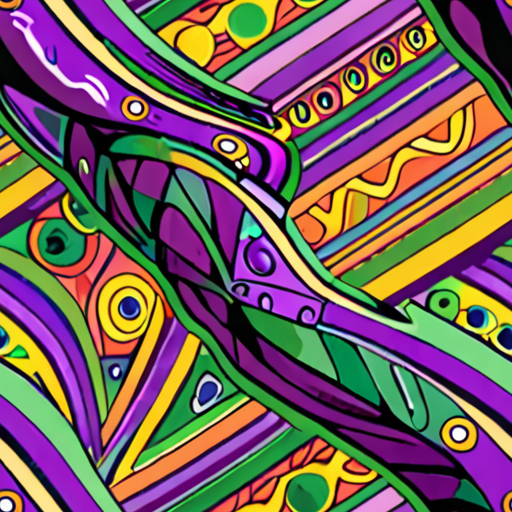
What May Describe a Style of Music Known as Funk?
Funk is a style of music characterized by its strong emphasis on rhythm, groove, and percussive beats.
- A key element of funk music is its use of syncopation, which involves accentuating off-beat rhythms to create a sense of tension and release.
- Funk music often features prominent bass lines, which provide the foundation for the rhythm section and help to drive the song forward.
- The drums in funk music typically feature a strong emphasis on the snare drum and hi-hats, which creates a dynamic and energetic sound.
In addition to its musical characteristics, funk is also associated with a particular attitude and aesthetic.
- Funk music is often described as having a “raw” or “unbridled” energy, which reflects the genre’s roots in African-American culture and its connection to the civil rights movement.
- Funk fashion often features bold, colorful clothing and hairstyles, which reflect the genre’s emphasis on self-expression and individuality.
Tiger Funk is proud to celebrate the rich history and cultural significance of funk music, and we invite you to explore our website to learn more about this incredible genre.
We also recommend checking out other great resources on the web, such as AllMusic and Pitchfork .
Conclusion:
Funk music is a unique and powerful genre that continues to influence popular music today.
With its strong emphasis on rhythm, groove, and percussive beats, funk is a style of music that is sure to get you moving and grooving.
At Tiger Funk, we’re passionate about sharing the beauty and diversity of funk music with the world, and we hope you’ll join us on this journey of discovery and exploration.
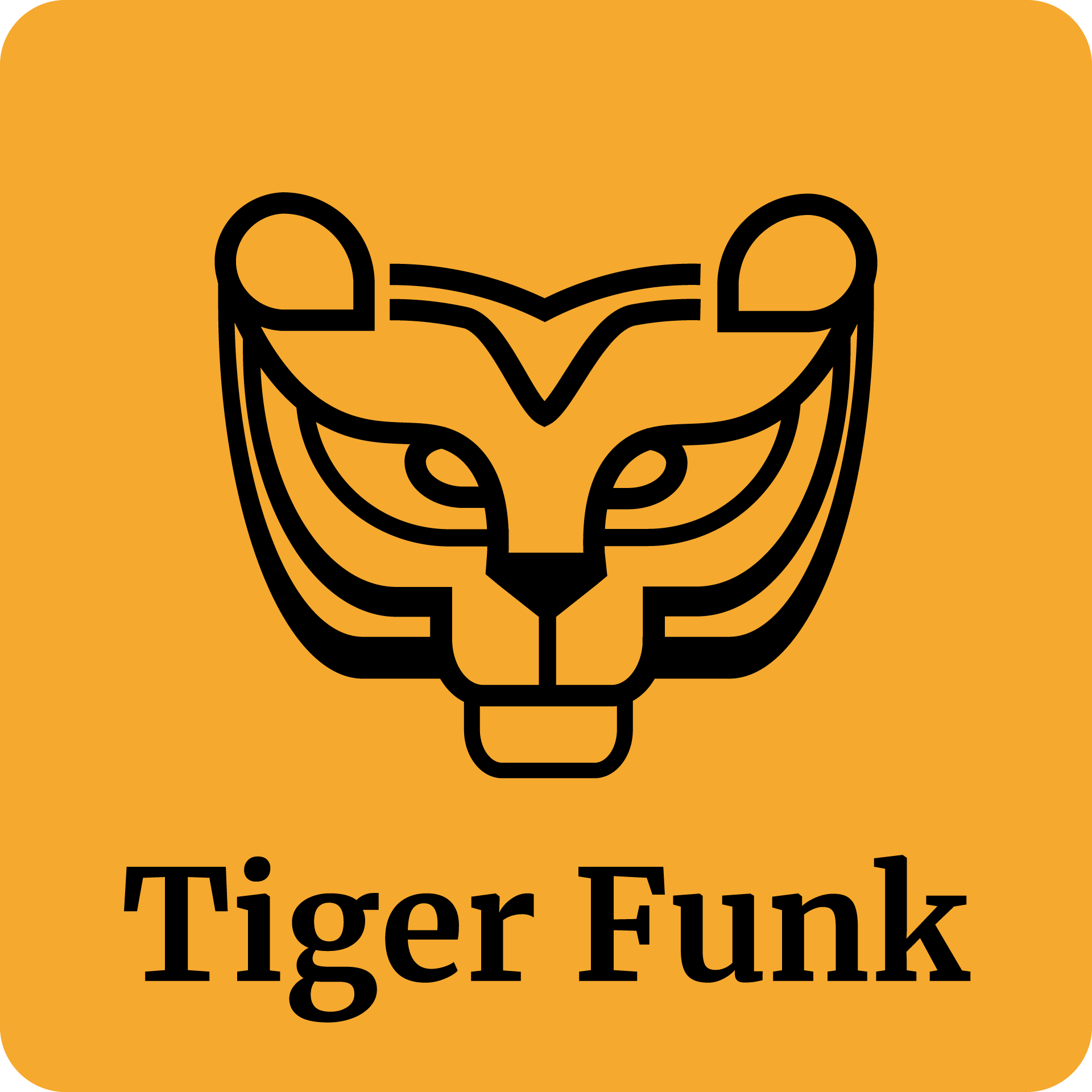
0 Comments